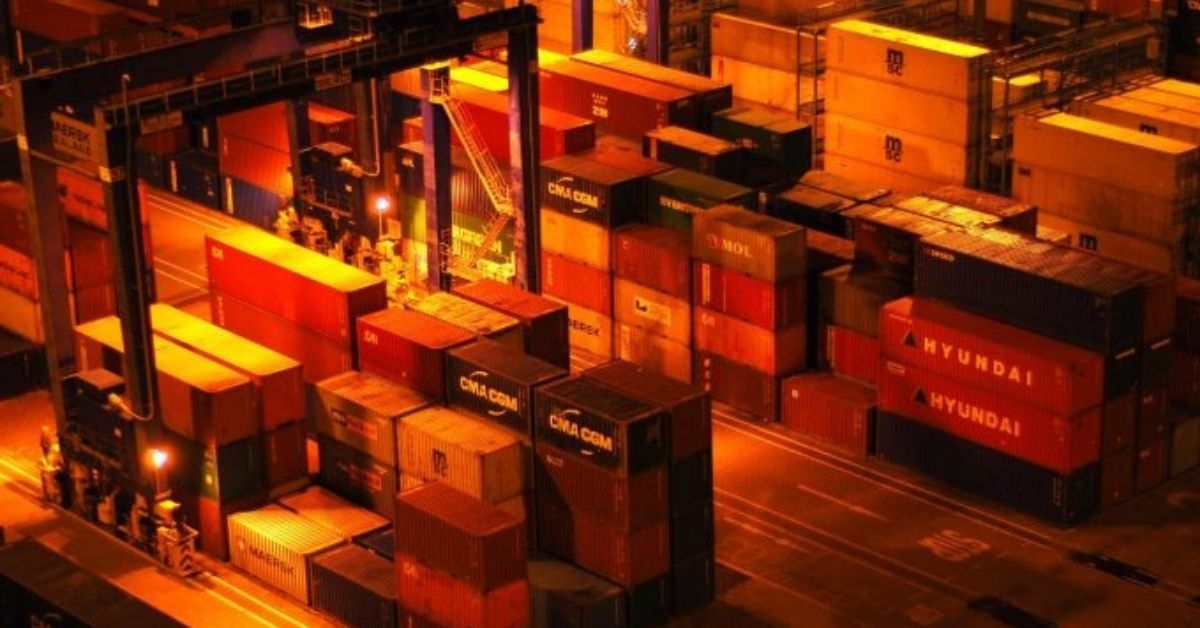With the pressure on equipment capacity showing no sign of abating, freight forwarders are increasingly turning to “shipper-owned containers (SOCs)” to minimise the risk associated with port congestion and potential penalties, amid Covid-induced supply chain dysfunction.
A study by Container xChange, a digital platform for equipment management, has found that the level of the top 50 forwarders accepting SOC requests had risen sequentially from 6% in 2019 to 18 % in 2021, a three-fold change.
SOCs are the units typically placed by a shipper with the container line for cargo booked by them directly, or through a forwarding agent. These boxes come in the form of outright ownerships or leased arrangements.
“18% of the companies that were tested were able to organise the SOC move and source the containers without any restrictions,” Container xChange said. This figure was 10% in its 2020 survey.
The marketplace, however, noted that although the demand for SOC units is growing, these forwarders continue to have difficulty sufficiently fulfilling shipper requisitions on the some lanes, including China – Germany.
“Forwarders are increasingly positive about SOCs, but are also sceptical of the success of processes around them,” said Christian Roeloffs, founder and CEO of Container xChange.
“The rise in awareness for SOCs shows that industry participants are responding to the supply-chain pressures by diversifying their sourcing strategy. We believe the solution lies in digitising the process to enable forwarders with a seamless, hassle-free opportunity of using SOCs.”
Flexport’s Florian Braun, head of ocean freight EMEA, said: “SOC increases reliability for empty container availability. The downside is that you need a dedicated team/person to manage these shipments.”
Mr Braun also noted that SOCs had become an antidote for the acute equipment shortage crisis fuelled by Covid disruption.
According to Alexander Gnedov, CEO of Conway Group, SOC equipment gives forwarders the freedom to work on various routing options and greater control over turning the boxes around.
“While we also load COC (carrier-owned container) containers, we have noticed a recent increase for SOC-related requests.”
The availability of equipment has been a daunting challenge for stakeholders in the supply chain, after cargo demand across trades had spiked stronger than expected.
In India, while shipping lines continually tout their empty repositioning efforts, the inadequacy of container availability continues to be a major irritant for exporters looking to take advantage of elevated buying demand from Western importers.
To tackle the crisis, the Indian government has rolled out some proactive measures to clear long-standing boxes – abandoned by consignees or confiscated by customs for investigation – and laid out new policies to attract private investment into container manufacturing at the local level. But that’s a big call for New Delhi, as it needs to build the policies from scratch.
Source : The Loadstar







